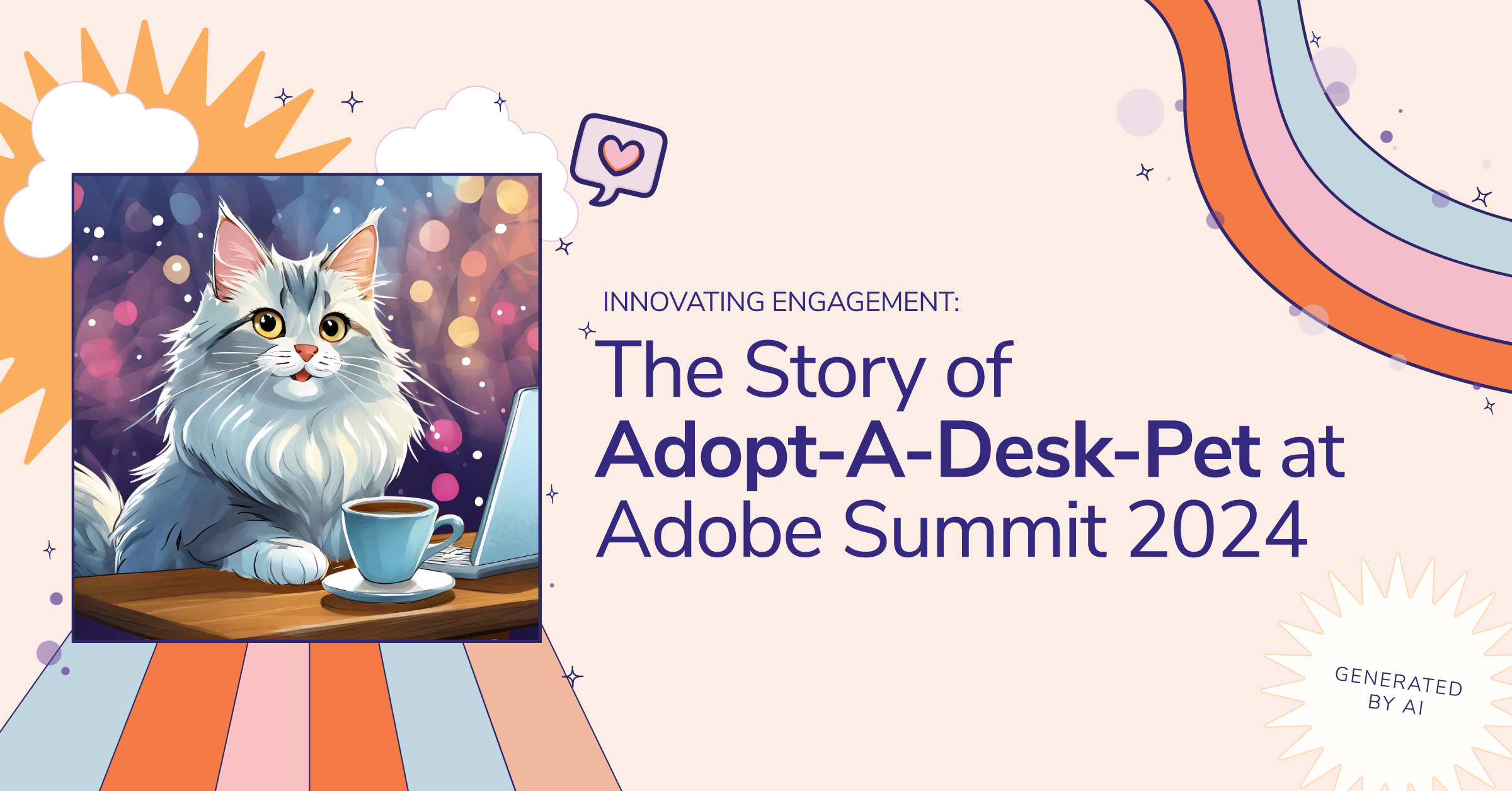Omniture SiteCatalyst Training: Worth The Time?
This post was written well before Adobe purchased Omniture. But most of the concepts are still relevant — Spring 2015
I recently wrote on the Web Analytics Forum that I would be attending advanced Omniture training, prompting email, “Tell us what it’s like and if it’s worth it.
Summary: It was worth it, but might not have been if those two key success predictors, luck and preparation, weren’t both moving in the same direction. In addition to luck and preparation, I’ll also talk about the trainer and the materials here.
Preparation: Omniture (SiteCatalyst) Advanced training is a lot like business school. You can go even if you’ve never had a job but you’ll learn a lot more if you’ve had real-world experience. I definitely wouldn’t recommend it to someone who hasn’t spent 6-12 months working with the product. And all those little training videos, which can drive you a little wild because they aren’t always updated for new code? They’re worth watching before you go. It’s also really helpful, before you go, to try to get something implemented by yourself (or at least, figure out what the implementation is and show it to IT.) That way, when the trainer says, Oh, you mean you want to actually create eVars (or events, or campaign code??), you’ll have a vague idea what you and/or your IT department need to do to make that magic happen. If you’ve got campaigns and custom events and custom variables already enabled, the training will be that much more helpful because you’ll be able to further customize your application during the training (everyone has a computer during training.)
Luck: I walked in 10 minutes late and took the only seat available. I was sitting next to a quiet woman who turned out to be Connie Ross, the head of web analytics for LensCrafters. Connie probably could have taught the course, she knew so much about SiteCatalyst. So every time the trainer said something that I didn’t understand perfectly or that he didn’t exactly explain how to do, Connie explained it and/or showed me how to do it. Not everyone gets that lucky, but if you go, I strongly encourage you to learn from the others in the class who have implemented at a deep level.
As for the trainer and the materials:
Trainer: Nathan, the Omniture trainer, did a fabulous job of taking many pages of corporate-speak and making it understandable. For example, he was able to take this sentence, which sounds like it is from an academic paper, and make everyone understand it. (It is arguably the heart of SC, so it’s worth knowing) :
Commerce variables constitute the domain of a function and events constitute the range
I actually understood that one because two Omniture people had separately sat me down and lectured me on this topic: eVars and events are orthogonal. Perpendicular. Every time a visitor triggers an event, all the eVars get credit. Nathan, however, threw that sentence out the window and instead made everyone understand croquet: Visitors roll along like a Velcro croquet ball, picking up information. When the ball rolls through a hoop (an event), all the information sticking to the ball scores a point. If you don’t understand the relationship between eVars and events, you sure will after Advanced Training with Nathan.
I think Nathan (and all the trainers, I suppose) would be a little more effective if they knew what all basic licenses include — the minimum. This is because we got through few sessions without someone asking, “How much more does that feature cost?” It’s true that everyone has a different license deal with Omniture, but I often talk to Live Support and when I ask Do I have to pay for this? they (sometimes) answer, All licenses include [two free custom reports, one Excel Client Create seat, at least two seats that can talk to LiveSupport, etc.
While this is not an implementation class, most of the students really wanted to understand the implementation. Even though every customer is different, Omniture would be smart to include a copy of the Quick start guide in every student package. It would be less expensive than the fancy giveaway and more helpful (especially when the classroom computers don’t have Adobe on them, so bringing up the guide yourself isn’t possible during training.) So if you are going, print it out before you go — it’s only 25 pages.
Is it worth it? Well, YMMV, but if you need to learn
- more about advanced classification and segmentation
- how all those features you’ve been ignoring work (data warehouse, excel client, VISTA, report suites, ASI, Discover)
then, it’s definitely a good use of time and money.
Robbin Steif
LunaMetrics


